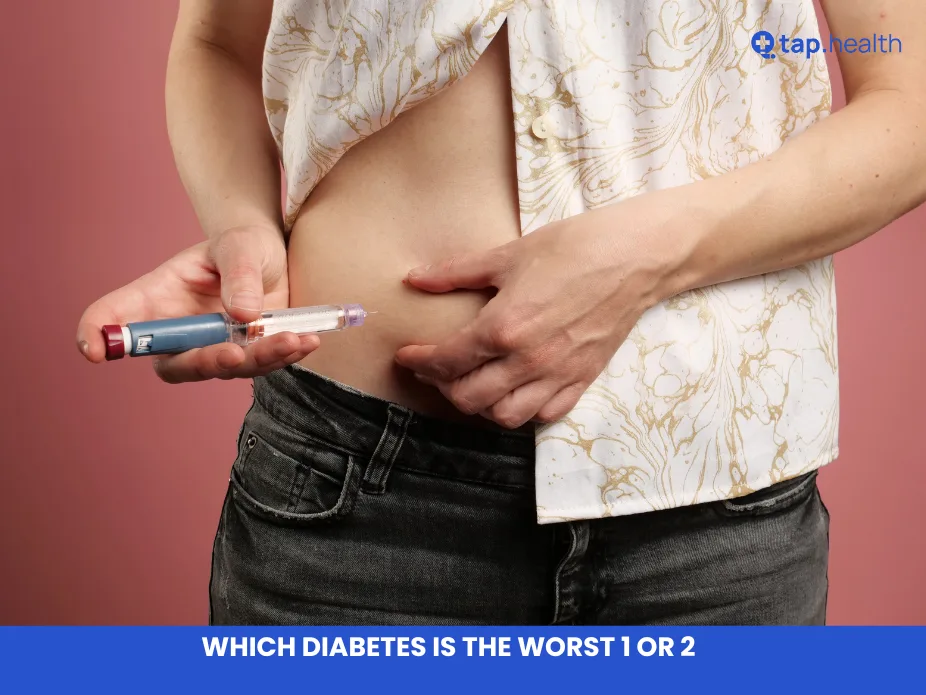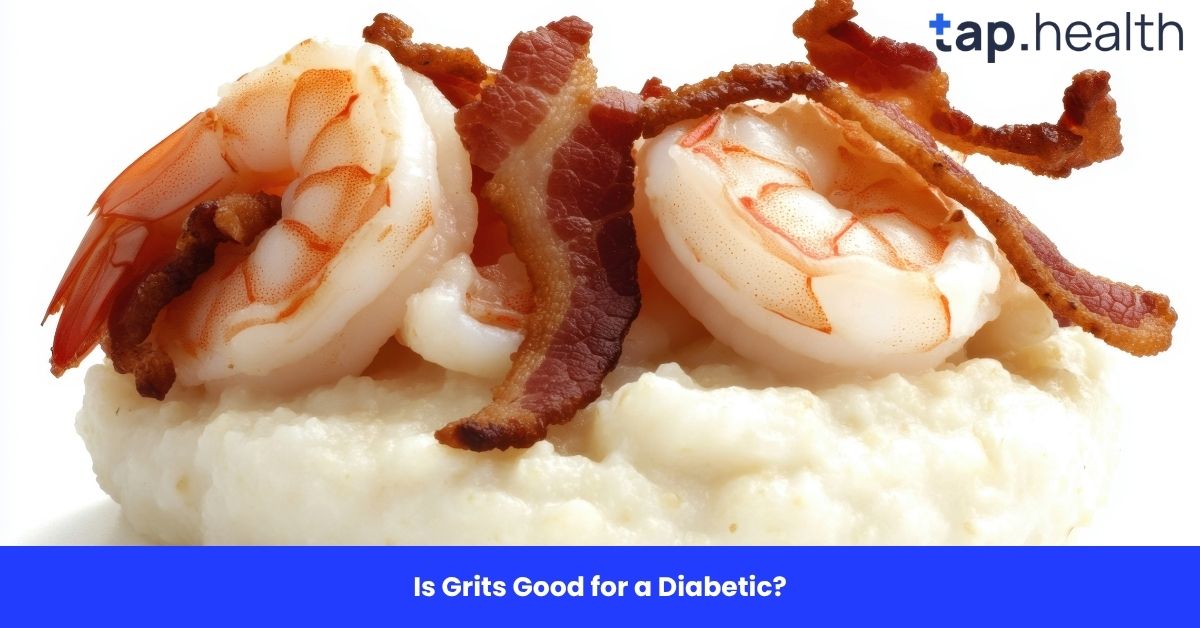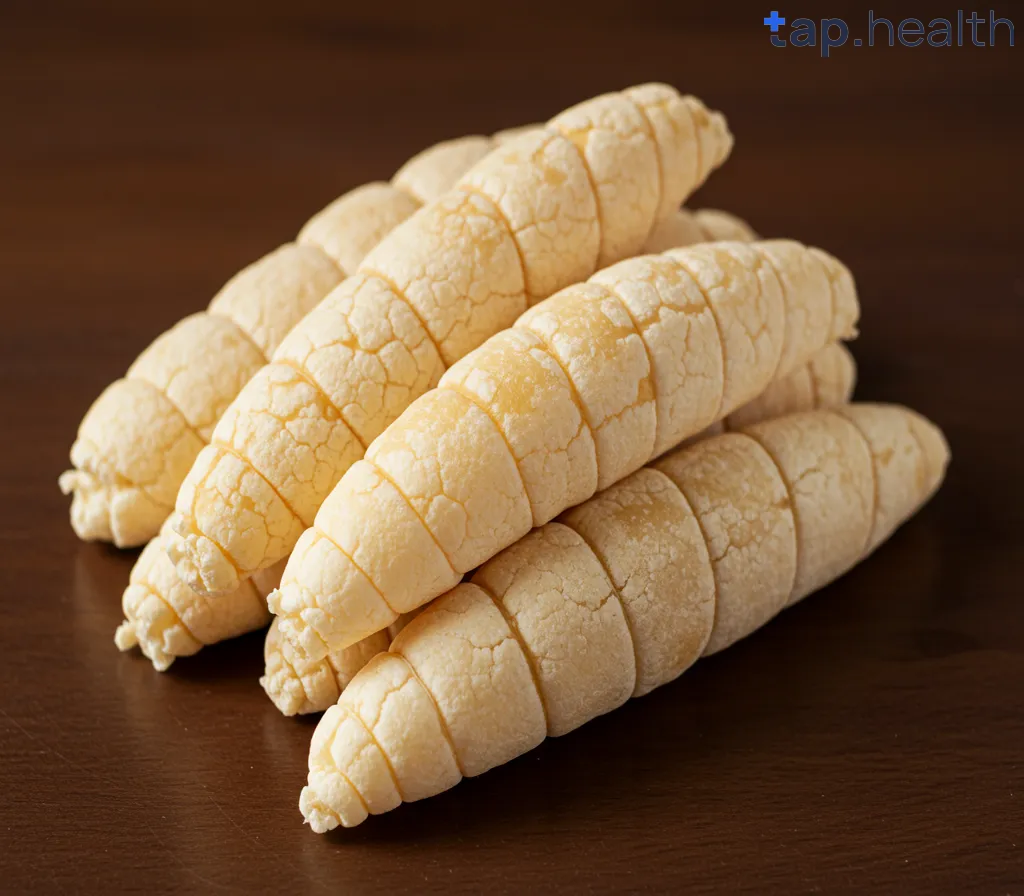Coffee is one of the most widely consumed beverages in the world, with its stimulating caffeine content and rich aroma making it a morning ritual for millions. Coffee itself is low in calories, but the addition of milk and sugar can significantly alter its nutritional profile.
The question on many minds is: How many calories are in a cup of coffee with milk and sugar? Depending on the type of milk, sugar, and portion sizes used, the calorie count can vary greatly. In this article, we will explore every factor that contributes to the calorie content of coffee with milk and sugar, including the types of milk, sugar, and brewing methods. We’ll also cover variations in the calorie count based on different preparation styles and provide a comprehensive FAQ section to address all related questions.
The Basic Calorie Breakdown: Coffee with Milk and Sugar
Before diving into the details, let’s first break down the average calorie content of a standard cup of coffee (about 8 ounces) with milk and sugar. Here’s a basic estimate:
- Black Coffee (without milk and sugar): ~2 calories per 8 oz
- Milk (whole): 1 cup (8 oz) has about 150 calories
- Sugar: 1 teaspoon (about 4 grams) has around 16 calories
How the Ingredients Add Up
- Black coffee: While coffee by itself has negligible calories, adding milk and sugar introduces significant calories.
- Milk: The type of milk used can drastically change the calorie count. Whole milk is more calorie-dense than skim or plant-based milk like almond or oat milk.
- Sugar: The amount of sugar you add also plays a key role. One teaspoon of sugar typically adds 16 calories, but many people add more than one teaspoon, which increases the overall calorie content.
Example Calculation for 8 oz of Coffee with Milk and Sugar:
- Black coffee: 2 calories
- Whole milk (2 tablespoons or 1 oz): ~20 calories
- 1 teaspoon sugar: ~16 calories
Total: ~38 calories for a simple cup of coffee with milk and sugar.
However, as you can see, the type of milk, the amount of sugar, and the portion sizes can drastically influence the calorie count.
Factors That Affect the Calorie Content of Coffee with Milk and Sugar
The calorie content of coffee with milk and sugar is not fixed. Various factors contribute to how many calories your cup of coffee will contain. These include:
1. Type of Milk Used
The type of milk used is one of the most significant contributors to the calorie count. Here’s a breakdown of the calories in different types of milk used in coffee:
- Whole Milk: A cup of whole milk (8 oz) has about 150 calories. This makes it the most calorie-dense milk option for your coffee.
- Skim Milk: Skim milk has fewer calories because it lacks the fat content present in whole milk. One cup of skim milk has approximately 80 calories.
- 2% Milk: Also known as reduced-fat milk, 1 cup (8 oz) contains about 120 calories.
- Almond Milk: Unsweetened almond milk is a low-calorie alternative, with about 30-40 calories per cup. However, sweetened versions can have much higher calorie content.
- Soy Milk: One cup of unsweetened soy milk contains around 80 calories. Sweetened soy milk can add significantly more calories.
- Oat Milk: Oat milk is popular in coffee shops, and its calorie content varies. One cup of unsweetened oat milk has around 90 calories, but sweetened versions can have around 120 calories.
2. Sugar: Type and Quantity
The type and quantity of sugar you add also affect the calorie content of your coffee:
- Granulated Sugar: One teaspoon (4 grams) of granulated sugar contains 16 calories. This is the most common sugar added to coffee.
- Brown Sugar: One teaspoon of brown sugar has about 17 calories, which is slightly higher than regular sugar due to the presence of molasses.
- Honey: A teaspoon of honey contains about 20 calories. Honey is often used as a natural sweetener and may provide additional nutrients like antioxidants, but it also adds more calories than granulated sugar.
- Artificial Sweeteners: Options like stevia, sucralose, or aspartame have zero calories, making them a popular choice for those looking to cut calories while still enjoying sweetness in their coffee.
The amount of sugar you add also significantly impacts the overall calorie count. A 2-teaspoon addition of sugar would provide about 32 calories, and if you prefer a sweeter coffee, you may end up adding more.
3. Brewing Method
The brewing method used for coffee can also affect its overall calorie count. While the coffee itself contains minimal calories, methods that involve adding milk, syrups, or cream will increase the calorie content.
- Drip Coffee: This is the most common brewing method and doesn’t add any extra calories by itself, but the milk and sugar will increase the count.
- Espresso: A single shot of espresso has only 2-3 calories. However, adding milk and sugar to espresso-based drinks like lattes or cappuccinos will add calories.
- French Press: The French Press brewing method is another popular method. The coffee itself has the same calorie count as drip coffee, but if you add cream or sugar, the calorie count will go up.
- Instant Coffee: Instant coffee has slightly fewer calories than brewed coffee, but it’s minimal. Adding milk and sugar, of course, will still add calories.
4. Flavoring Syrups and Add-ins
Coffee shop beverages often include flavoring syrups or whipped cream, which can significantly increase the calorie count. For example:
- Flavored Syrups: Coffee syrups like vanilla, caramel, or hazelnut can add anywhere from 50 to 150 calories per tablespoon, depending on the syrup used.
- Whipped Cream: Whipped cream adds about 50-100 calories depending on the amount used.
When ordering specialty coffee drinks like lattes or frappuccinos, these add-ins can easily add 200 to 400 calories to your cup of coffee, depending on the size and customizations.
Calorie Count in Different Coffee Drinks with Milk and Sugar
Let’s look at how different types of coffee with milk and sugar stack up in terms of calories:
1. Black Coffee with Sugar
- 1 teaspoon of sugar: 16 calories
- Total: 16 calories for black coffee with sugar (without milk).
2. Coffee with Whole Milk and Sugar
- 1 cup (8 oz) of whole milk: 150 calories
- 1 teaspoon sugar: 16 calories
- Total: 166 calories
3. Coffee with Skim Milk and Sugar
- 1 cup (8 oz) of skim milk: 80 calories
- 1 teaspoon sugar: 16 calories
- Total: 96 calories
4. Coffee with Almond Milk (unsweetened) and Sugar
- 1 cup almond milk (unsweetened): 30-40 calories
- 1 teaspoon sugar: 16 calories
- Total: 46-56 calories
5. Latte (Espresso + Milk)
- 1 shot espresso: 2-3 calories
- 1 cup (8 oz) whole milk: 150 calories
- 1 teaspoon sugar: 16 calories
- Total: 168-169 calories
6. Iced Coffee with Milk and Sugar
- Iced coffee (8 oz): 2 calories (black coffee)
- Milk (whole): 20 calories
- 1 teaspoon sugar: 16 calories
- Total: 38 calories
7. Mocha (Espresso + Chocolate Syrup + Milk)
- Espresso (1 shot): 2-3 calories
- Chocolate syrup (1 tablespoon): 50-70 calories
- Whole milk (1 cup): 150 calories
- 1 teaspoon sugar: 16 calories
- Total: 218-239 calories
Frequently Asked Questions (FAQ) on How Many Calories Are in Coffee with Milk and Sugar?
1. How many calories in coffee with milk and sugar?
The calorie content of coffee with milk and sugar depends on the type of milk and the amount of sugar added. On average:
- Coffee with whole milk and 1 teaspoon sugar: 166 calories
- Coffee with skim milk and 1 teaspoon sugar: 96 calories
- Coffee with almond milk (unsweetened) and 1 teaspoon sugar: 46-56 calories
2. How many calories are in a latte with milk and sugar?
A standard latte made with whole milk and 1 teaspoon sugar contains about 168-169 calories.
3. How can I reduce the calories in my coffee with milk and sugar?
To reduce the calorie content:
- Use low-fat milk, skim milk, or unsweetened plant-based milks (like almond or oat milk).
- Reduce or eliminate sugar or replace it with artificial sweeteners like stevia or sucralose.
- Skip any additional flavoring syrups or whipped cream.
4. How many calories are in a cup of coffee with 2 teaspoons of sugar?
With 2 teaspoons of sugar, a cup of coffee with whole milk and sugar can contain about 182 calories. Adjust based on the milk type you use.
5. Is coffee with milk and sugar healthy?
While coffee with milk and sugar can provide energy, it’s essential to moderate sugar intake to prevent excess calories and maintain healthy blood sugar levels. Using unsweetened milk or reducing sugar can make it a healthier option.
6. How many calories in a cup of coffee with almond milk and sugar?
A typical serving of almond milk (unsweetened) with 1 teaspoon sugar contains about 46-56 calories.
Conclusion
The calorie content of coffee with milk and sugar is largely influenced by the type of milk and sugar used, as well as the portion size and any added flavorings or syrups. A simple cup of coffee with whole milk and sugar contains around 150-200 calories, but there are many variations depending on your preferences.
By making mindful choices such as using low-calorie milk options or reducing sugar, you can enjoy your coffee without consuming excessive calories. Whether you’re trying to manage your weight or simply want to make healthier choices, understanding the factors that contribute to the calorie count in your coffee is essential.


